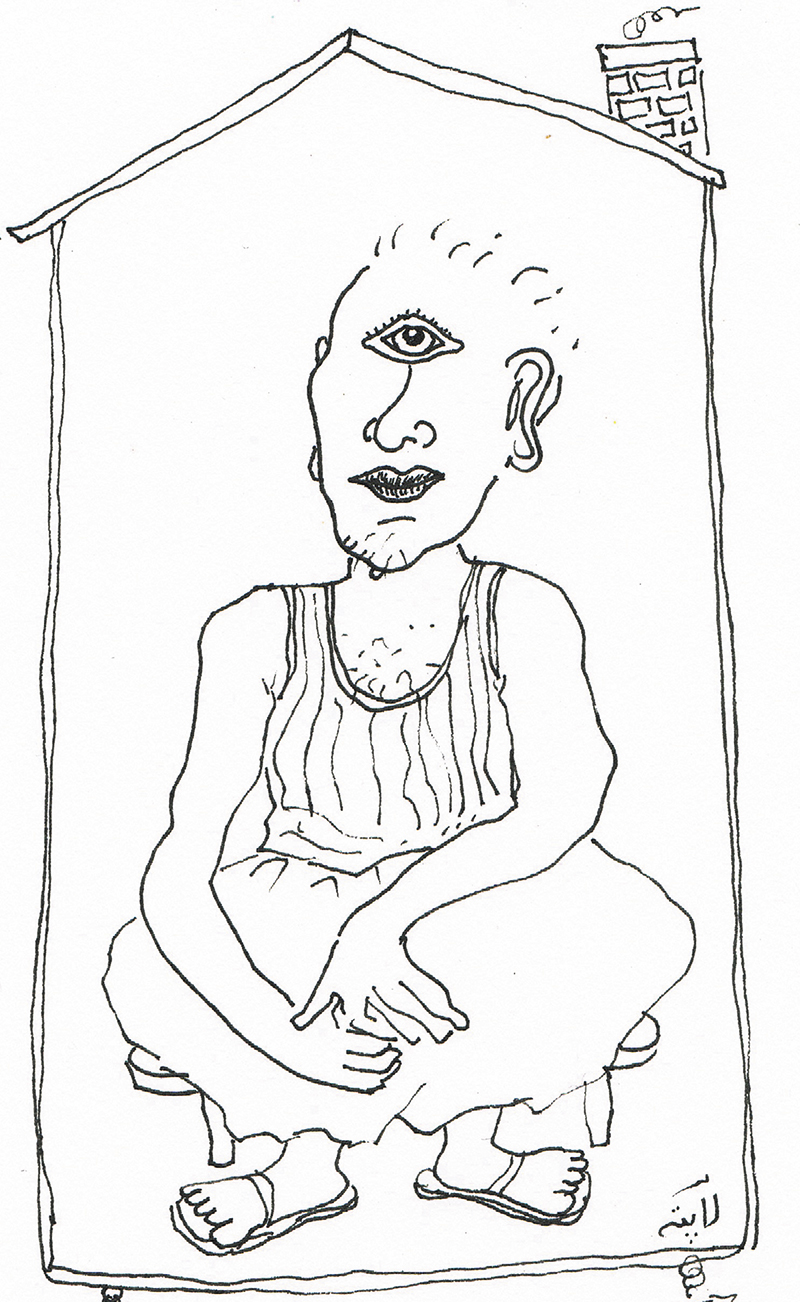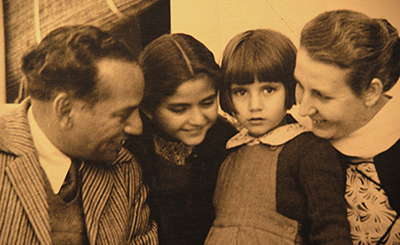
Illustration: Daisy Rockwell
There are many ways in which translation is unfulfilling. It’s a solitary pursuit, and one for which the translator receives scant praise. If the translation is really good, the praise goes to the author of the original text. If it’s unsuccessful, the translator may be blamed, but readers might just assume the original author is not worth reading. The translator is invisible even in her badness. On top of invisibility, financial compensation is meagre, translations are not widely read in English, and often one’s name doesn’t even appear anywhere on the cover of the book. Oh yes, and it takes a very long time, and one is never satisfied with the final outcome.
So why translate? Even though it’s not technically a compulsion for me, I can’t really stop myself from being a translator. When I read something in a language other than English, I constantly imagine how the writing would be rendered in English, word-by-word, sentence by sentence. Lately I’ve been reading a lot of French literature for example, something I haven’t done since I was a teenager. I imagine myself translating everything I read. I have to constantly remind myself as I read that I’m not a translator of French, and that there are many other translators more capable of translating from French into English than me. But then, of course, there are many people who would be more capable of translating from Hindi into English than me, but they don’t choose to do it, and I do.
The (non)compulsion of translation for me is rooted in an orientation toward linguistic detail so extreme that I am liable to have numerous thoughts on every single word in a sentence even when I’m just reading for pleasure. When an editor questions my word choice in a translation, I am likely to respond with a paragraph or two defending my choice. It’s a headache for them, but most likely they will breeze past it, make a determination and move on. But I won’t. Years later, I’m still thinking about that particular word and what my editor said about it.
For example: the Hindi word kÄnÄ — which is usually translated into English as “one-eyed man”. I remember learning this word in introductory Hindi, not because it was a terribly important basic vocabulary item, but because it’s a useful tool for language teachers giving out dictation exercises. The distinction between kÄnÄ and khÄnÄ is a small puff of breath, or what linguists call “aspiration”.
The “k” in “one-eyed man” is not aspirated; the “kh” in food, or khÄnÄ, is. For non-Indian English speakers the puff of breath is not the problem; it’s the absence of the puff that’s extremely difficult to hear, and even harder to pronounce. The classic dictation exercise is to read out the following two sentences and ask the students to write them down on a piece of paper: gharme kÄnÄ hai and gharme khÄnÄ hai. Students who have no grasp of Indic phonetics are flummoxed by the exercise and hear no distinction at all. The teacher then reveals that one means “there is a one-eyed man in the house” and the other means “there is food in the house”. The room dissolves in laughter, and the lesson is learned.
Or is it? After years of using this exercise as a teacher myself, I began to realise that what kÄnÄ meant to me as a non-South Asian English speaker was something akin to a Cyclops. A one-eyed man was a man with only one eye, and only one eye socket. As I began to read more deeply into Hindi literature, I realised that of course a kÄnÄ was not a mythical sort of creature with a single eye above his nose, but instead, an individual with only one good, or functioning eye. To speakers of English in South Asia, this fact is already known, and assumed, when hearing the phrase “one-eyed man”, because the concept exists in many sub-continental languages. But in American and British English, such a state is described as “blind in one eye”, and other such phrases.
Interestingly, many other languages contain a term equivalent to kÄnÄ, though what the valence of each term is, I am not sure. In Spanish, there is the popular saying “en la tierra de los ciegos, el tuerto es rey” — “in the land of the blind, the one-eyed man is king”. This, in turn, is derived from the Latin saying “in regione caecorum rex est luscus,” which means, literally, “in the region of the blind, the king is a one-eyed man”. More research into luscus indicates that it is defined in Latin as “one-eyed man”, but also as “with one eye closed; half-blind”. The same is true for the Spanish tuerto.
In an online forum devoted to translating proverbs such as this, a commenter asks, in a discussion of the Spanish version, “Does anyone else find it really weird how Spanish has a word for ‘one eyed person’. Surely this word would be almost never be used.” This random online remark echoes my initial reaction to what I perceived as the absurdity of the sentence ghar mẽ kÄnÄ hai when I first started to learn Hindi. What made me remember the example, and learn how to de-aspirate the “k,” was the preposterous notion of a Cyclops-like figure sitting in a house. What was he doing there? Was this example drawn from mythology or a fairy tale? It never occurred to me until many years later that the correct contemporary American English translation would be, “There is a person with an ocular disability in the house.”
Page
Donate Now
More from The Byword
Comments
*Comments will be moderated











